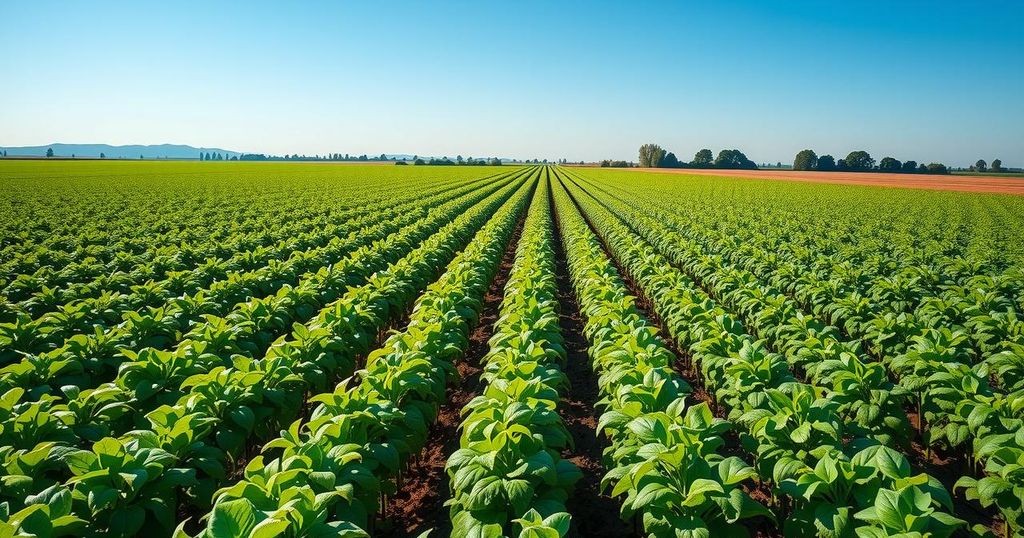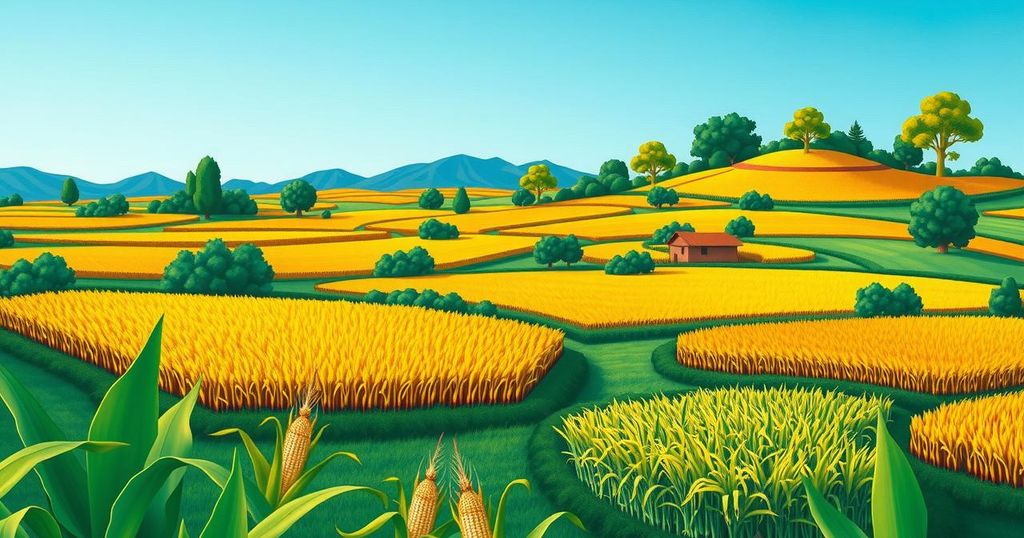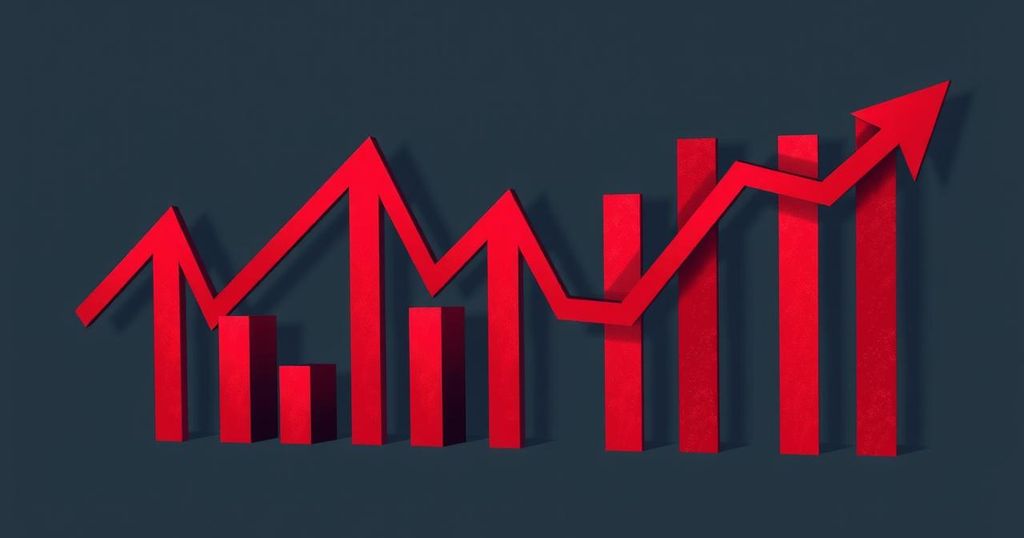Brazil is expected to achieve a record soybean crop in 2025, with production projected over ten percent higher than last year. Iowa State economist Chad Hart discusses how this increase may lower U.S. soybean prices amid concerns about tariffs, positioning Brazil and Argentina to benefit from the resulting market shifts.
Brazil is poised to achieve a record soybean crop in 2025, demonstrating significant progress in its agricultural production capabilities. According to Chad Hart, an economist from Iowa State University Extension, the nation has been increasing both its arable land and yield efficiencies, reminiscent of trends observable in the United States. As a result, Brazilian soybean production is projected to exceed last year’s figures by over ten percent, contributing to an overall increase in supply.
The anticipated growth in Brazil’s soybean crop may exert downward pressure on U.S. soybean prices. Hart expressed concerns regarding how existing tariffs could complicate market dynamics. He noted that Brazil and Argentina stand to gain from America’s trade uncertainties, particularly as they could seize the market opportunities arising from potential lost sales attributed to tariffs imposed on U.S. soybeans.
In light of these developments, it is apparent that Brazil and Argentina are strategically positioned to capitalize on shifting global trade trends. These dynamics suggest that U.S. soybean producers may face heightened competition, necessitating adaptive strategies in response to the evolving agricultural landscape.
Overall, Brazil’s strategic enhancements in soybean production are likely to have significant implications for both domestic and international markets, influencing pricing and trade patterns in the foreseeable future.
In summary, Brazil is set to produce a record soybean crop in 2025, notably surpassing previous production levels. This increase, coupled with concerns surrounding tariffs, may adversely impact U.S. soybean prices. With Brazil and Argentina positioned to benefit from trade uncertainties, U.S. producers must remain vigilant and adaptable in the face of evolving market conditions.
Original Source: www.brownfieldagnews.com




